Introduction
The term "Fab 5 stocks" refers to a select group of high-performing companies that have demonstrated consistent market dominance, substantial growth, and strong financial resilience. These stocks are often grouped together due to their outsized influence on the broader economy and financial markets, shaping investor sentiment and sector trends. Their combined market capitalization and revenue contributions make them pivotal players in investment strategies, particularly in technology, finance, or consumer-driven industries. This article provides an in-depth analysis of the Fab 5 stocks, evaluating their advantages, risks, historical performance, and investment strategies to help both new investors understand their significance and experienced investors assess their role in portfolio diversification and long-term planning.
Who Are the Fab 5 Stocks?
The Fab 5 stocks typically refer to five dominant companies that significantly influence market trends and economic growth. These stocks include Alphabet (GOOGL), Amazon (AMZN), Apple (AAPL), Microsoft (MSFT), and Netflix (NFLX). Each of these companies has played a crucial role in shaping their respective industries, driving technological advancements, and maintaining strong financial performance over time.
Alphabet (GOOGL), the parent company of Google, has revolutionized digital advertising and search engine technology. Its dominance in online search and advertising revenue has made it a cornerstone of the tech industry. Alphabet's expansion into artificial intelligence, cloud computing, and autonomous vehicles further solidifies its market influence.
Amazon (AMZN) has transformed global e-commerce and cloud computing. Its aggressive expansion into logistics, artificial intelligence, and digital streaming has positioned it as a leader in multiple sectors. Amazon Web Services (AWS) remains a dominant force in cloud computing, contributing significantly to its revenue growth.
Apple (AAPL) is a pioneer in consumer electronics, known for its innovative products such as the iPhone, iPad, and Mac computers. Its strong brand loyalty and ecosystem integration have driven consistent revenue growth. Apple's expansion into services, including Apple Music and iCloud, has diversified its income streams.
Microsoft (MSFT) has maintained its leadership in enterprise software, cloud computing, and artificial intelligence. Its Azure cloud platform competes directly with AWS, while its acquisitions, such as LinkedIn and GitHub, have strengthened its market position. Microsoft’s consistent innovation in AI and enterprise solutions ensures its continued relevance.
Netflix (NFLX) revolutionized the entertainment industry by pioneering streaming services. Its original content strategy and global expansion have made it a dominant player in digital media. Despite increasing competition, Netflix continues to innovate with new content formats and distribution models.
Characteristics of the Fab 5 Stocks
The Fab 5 stocks are known for their high market capitalization and industry dominance. Their ability to maintain strong revenue growth and adapt to technological advancements has solidified their positions as leaders in their respective sectors.
Alphabet (GOOGL) dominates the digital advertising and search engine industry, leveraging its vast data ecosystem to generate consistent revenue. Google’s advertising model, combined with its expansion into artificial intelligence and cloud computing, has reinforced its global influence.
Amazon (AMZN) has transformed e-commerce and cloud computing, maintaining strong revenue growth through its diversified business model. Amazon Web Services (AWS) remains a key driver of profitability, while its logistics network and AI-driven retail strategies enhance its competitive edge.
Apple (AAPL) is a leader in consumer electronics, known for its premium products and integrated ecosystem. The company’s strong brand loyalty and consistent revenue streams from hardware and services contribute to its financial stability.
Microsoft (MSFT) excels in enterprise software, cloud computing, and artificial intelligence. Its Azure cloud platform competes directly with AWS, while acquisitions like LinkedIn and GitHub strengthen its market presence.
Netflix (NFLX) revolutionized the entertainment industry with its streaming platform, consistently expanding its global subscriber base. The company’s focus on original content and data-driven recommendations has reinforced its brand recognition.
Why Investors Favor the Fab 5 Stocks
Investors favor the Fab 5 stocks due to their stability and long-term growth potential. These companies have consistently demonstrated strong financial performance, maintaining high market capitalizations and steady revenue growth. The stocks lead their respective industries, setting benchmarks in technology, finance, and consumer markets. Their industry leadership positions them as essential components of institutional portfolios, driving market trends and influencing global economic growth.
These stocks also exhibit resilience during economic downturns, benefiting from strong liquidity and institutional investments. Their ability to withstand market volatility is reinforced by diversified revenue streams, strategic acquisitions, and robust financial reserves.
Risks Associated with the Fab 5 Stocks
Despite their market dominance, the Fab 5 stocks face significant risks. One major concern is overvaluation, as these stocks often trade at high price-to-earnings (P/E) ratios. Another risk is the market’s dependence on their performance. These companies collectively drive a substantial portion of major stock indexes, meaning any downturn in their stock prices can impact broader market trends.
Regulatory challenges and antitrust scrutiny also pose risks to the Fab 5 stocks. Additionally, macroeconomic shifts, such as interest rate changes, inflation, and global trade policies, can influence investor sentiment and stock valuations.
Historical Performance Trends
The Fab 5 stocks have demonstrated resilience and influence across various market cycles. Financial crises have tested the stability of the Fab 5 stocks, with mixed results. Comparing long-term returns, the Fab 5 stocks have consistently outperformed broader market indexes such as the S&P 500.
Investment Strategies for the Fab 5 Stocks
Investors can approach the Fab 5 stocks through passive or active investment strategies. Portfolio allocation strategies involving the Fab 5 stocks depend on an investor’s financial goals and risk tolerance. ETFs and index funds provide an efficient way to invest in the Fab 5 stocks without the need for individual stock selection.
Alternatives to the Fab 5 Stocks
Investors seeking alternatives to the Fab 5 stocks can explore mid-cap and emerging tech companies. Sector-specific investments provide another avenue for diversification beyond the Fab 5 stocks. International stocks serve as potential competitors to the Fab 5, offering exposure to global markets and emerging economies.
Conclusion
Large-cap funds provide stability, consistent dividends, and strong institutional backing, making them attractive for conservative investors. However, their drawbacks- such as limited growth potential, high valuations, sensitivity to economic downturns, and sector concentration risks- can impact overall portfolio performance. Investors should carefully assess these factors and consider diversifying their portfolios to balance risk and optimize long-term growth. Understanding the nuances of large-cap investments allows for more strategic financial planning and improved investment outcomes.
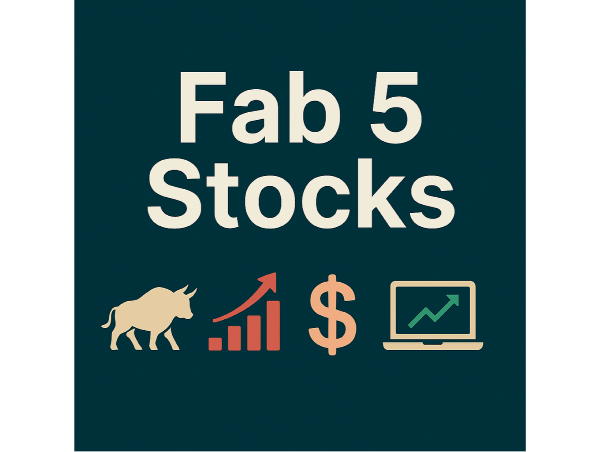
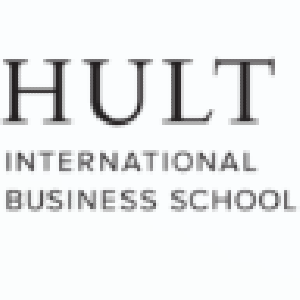

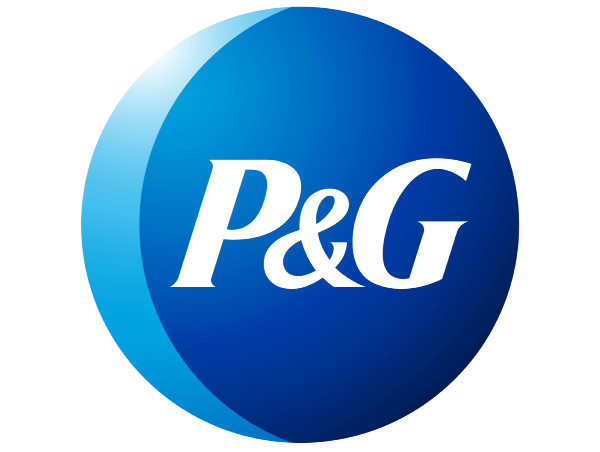

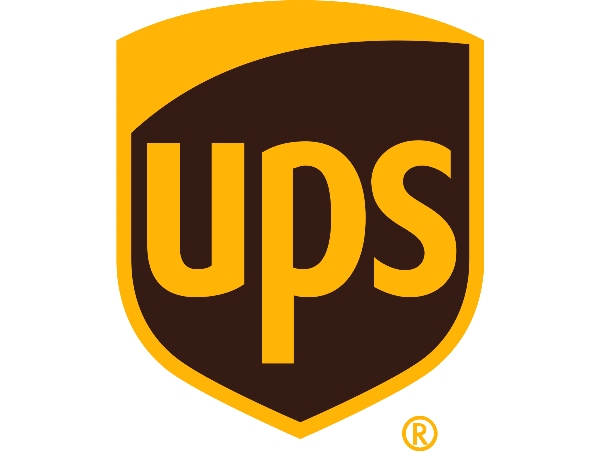
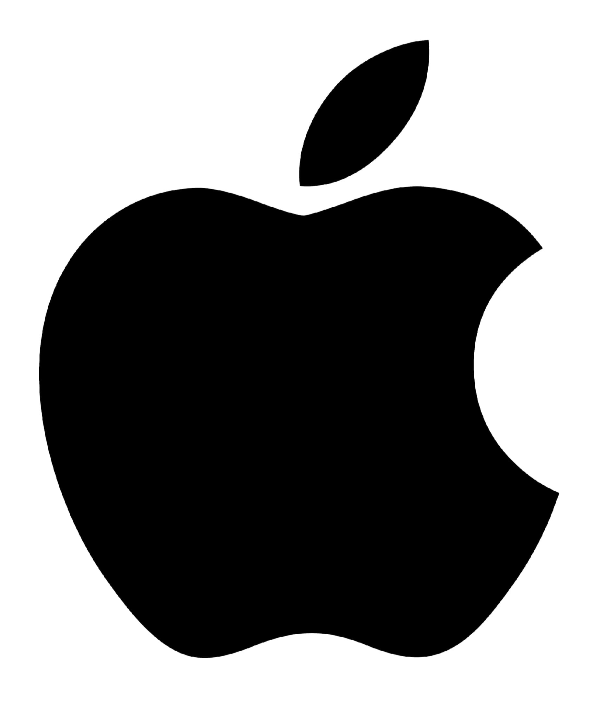
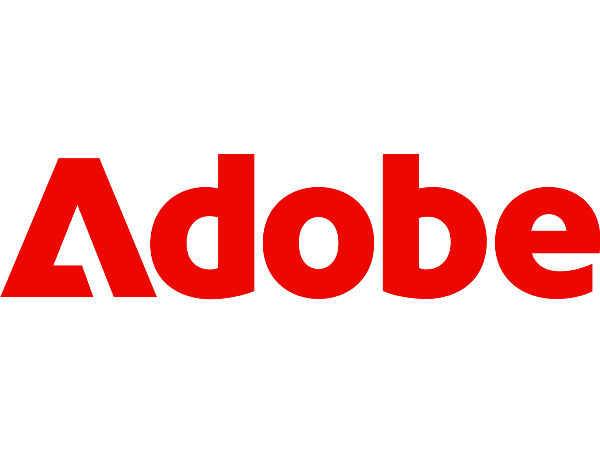
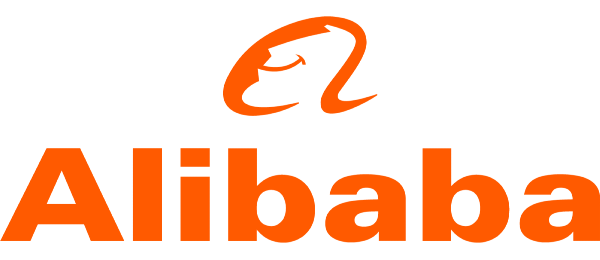
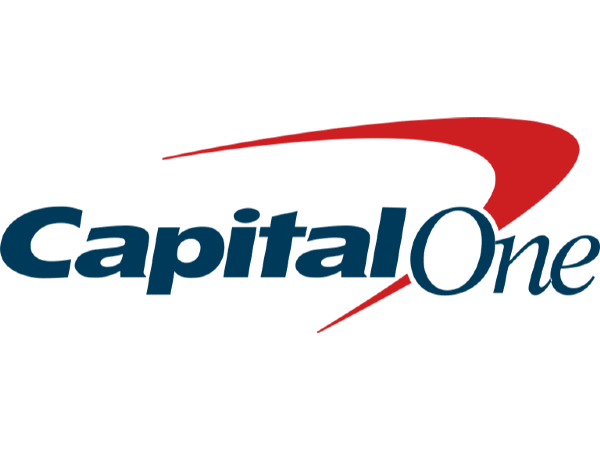
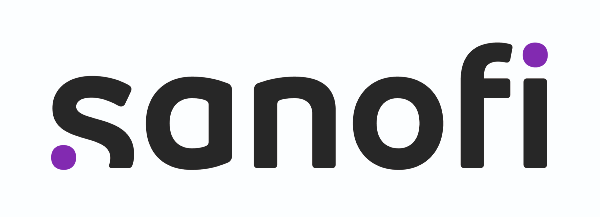

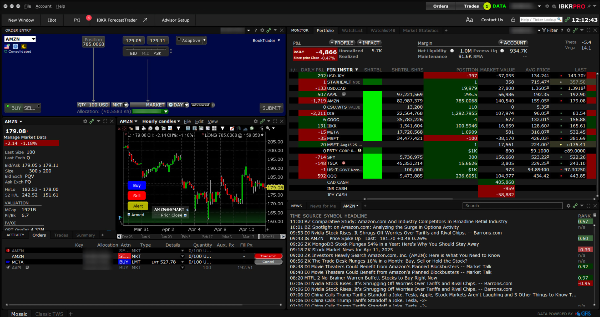
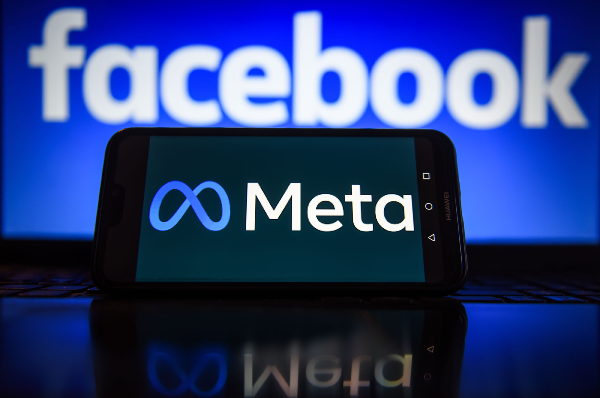



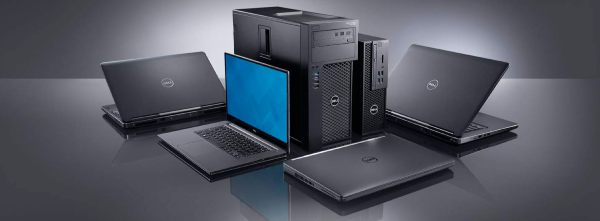












Introduction
The term "Fab 5 stocks" refers to a select group of high-performing companies that have demonstrated consistent market dominance, substantial growth, and strong financial resilience. These stocks are often grouped together due to their outsized influence on the broader economy and financial markets, shaping investor sentiment and sector trends. Their combined market capitalization and revenue contributions make them pivotal players in investment strategies, particularly in technology, finance, or consumer-driven industries. This article provides an in-depth analysis of the Fab 5 stocks, evaluating their advantages, risks, historical performance, and investment strategies to help both new investors understand their significance and experienced investors assess their role in portfolio diversification and long-term planning.
Who Are the Fab 5 Stocks?
The Fab 5 stocks typically refer to five dominant companies that significantly influence market trends and economic growth. These stocks include Alphabet (GOOGL), Amazon (AMZN), Apple (AAPL), Microsoft (MSFT), and Netflix (NFLX). Each of these companies has played a crucial role in shaping their respective industries, driving technological advancements, and maintaining strong financial performance over time.
Alphabet (GOOGL), the parent company of Google, has revolutionized digital advertising and search engine technology. Its dominance in online search and advertising revenue has made it a cornerstone of the tech industry. Alphabet's expansion into artificial intelligence, cloud computing, and autonomous vehicles further solidifies its market influence.
Amazon (AMZN) has transformed global e-commerce and cloud computing. Its aggressive expansion into logistics, artificial intelligence, and digital streaming has positioned it as a leader in multiple sectors. Amazon Web Services (AWS) remains a dominant force in cloud computing, contributing significantly to its revenue growth.
Apple (AAPL) is a pioneer in consumer electronics, known for its innovative products such as the iPhone, iPad, and Mac computers. Its strong brand loyalty and ecosystem integration have driven consistent revenue growth. Apple's expansion into services, including Apple Music and iCloud, has diversified its income streams.
Microsoft (MSFT) has maintained its leadership in enterprise software, cloud computing, and artificial intelligence. Its Azure cloud platform competes directly with AWS, while its acquisitions, such as LinkedIn and GitHub, have strengthened its market position. Microsoft’s consistent innovation in AI and enterprise solutions ensures its continued relevance.
Netflix (NFLX) revolutionized the entertainment industry by pioneering streaming services. Its original content strategy and global expansion have made it a dominant player in digital media. Despite increasing competition, Netflix continues to innovate with new content formats and distribution models.
Characteristics of the Fab 5 Stocks
The Fab 5 stocks are known for their high market capitalization and industry dominance. Their ability to maintain strong revenue growth and adapt to technological advancements has solidified their positions as leaders in their respective sectors.
Alphabet (GOOGL) dominates the digital advertising and search engine industry, leveraging its vast data ecosystem to generate consistent revenue. Google’s advertising model, combined with its expansion into artificial intelligence and cloud computing, has reinforced its global influence.
Amazon (AMZN) has transformed e-commerce and cloud computing, maintaining strong revenue growth through its diversified business model. Amazon Web Services (AWS) remains a key driver of profitability, while its logistics network and AI-driven retail strategies enhance its competitive edge.
Apple (AAPL) is a leader in consumer electronics, known for its premium products and integrated ecosystem. The company’s strong brand loyalty and consistent revenue streams from hardware and services contribute to its financial stability.
Microsoft (MSFT) excels in enterprise software, cloud computing, and artificial intelligence. Its Azure cloud platform competes directly with AWS, while acquisitions like LinkedIn and GitHub strengthen its market presence.
Netflix (NFLX) revolutionized the entertainment industry with its streaming platform, consistently expanding its global subscriber base. The company’s focus on original content and data-driven recommendations has reinforced its brand recognition.
Why Investors Favor the Fab 5 Stocks
Investors favor the Fab 5 stocks due to their stability and long-term growth potential. These companies have consistently demonstrated strong financial performance, maintaining high market capitalizations and steady revenue growth. The stocks lead their respective industries, setting benchmarks in technology, finance, and consumer markets. Their industry leadership positions them as essential components of institutional portfolios, driving market trends and influencing global economic growth.
These stocks also exhibit resilience during economic downturns, benefiting from strong liquidity and institutional investments. Their ability to withstand market volatility is reinforced by diversified revenue streams, strategic acquisitions, and robust financial reserves.
Risks Associated with the Fab 5 Stocks
Despite their market dominance, the Fab 5 stocks face significant risks. One major concern is overvaluation, as these stocks often trade at high price-to-earnings (P/E) ratios. Another risk is the market’s dependence on their performance. These companies collectively drive a substantial portion of major stock indexes, meaning any downturn in their stock prices can impact broader market trends.
Regulatory challenges and antitrust scrutiny also pose risks to the Fab 5 stocks. Additionally, macroeconomic shifts, such as interest rate changes, inflation, and global trade policies, can influence investor sentiment and stock valuations.
Historical Performance Trends
The Fab 5 stocks have demonstrated resilience and influence across various market cycles. Financial crises have tested the stability of the Fab 5 stocks, with mixed results. Comparing long-term returns, the Fab 5 stocks have consistently outperformed broader market indexes such as the S&P 500.
Investment Strategies for the Fab 5 Stocks
Investors can approach the Fab 5 stocks through passive or active investment strategies. Portfolio allocation strategies involving the Fab 5 stocks depend on an investor’s financial goals and risk tolerance. ETFs and index funds provide an efficient way to invest in the Fab 5 stocks without the need for individual stock selection.
Alternatives to the Fab 5 Stocks
Investors seeking alternatives to the Fab 5 stocks can explore mid-cap and emerging tech companies. Sector-specific investments provide another avenue for diversification beyond the Fab 5 stocks. International stocks serve as potential competitors to the Fab 5, offering exposure to global markets and emerging economies.
Conclusion
Large-cap funds provide stability, consistent dividends, and strong institutional backing, making them attractive for conservative investors. However, their drawbacks- such as limited growth potential, high valuations, sensitivity to economic downturns, and sector concentration risks- can impact overall portfolio performance. Investors should carefully assess these factors and consider diversifying their portfolios to balance risk and optimize long-term growth. Understanding the nuances of large-cap investments allows for more strategic financial planning and improved investment outcomes.